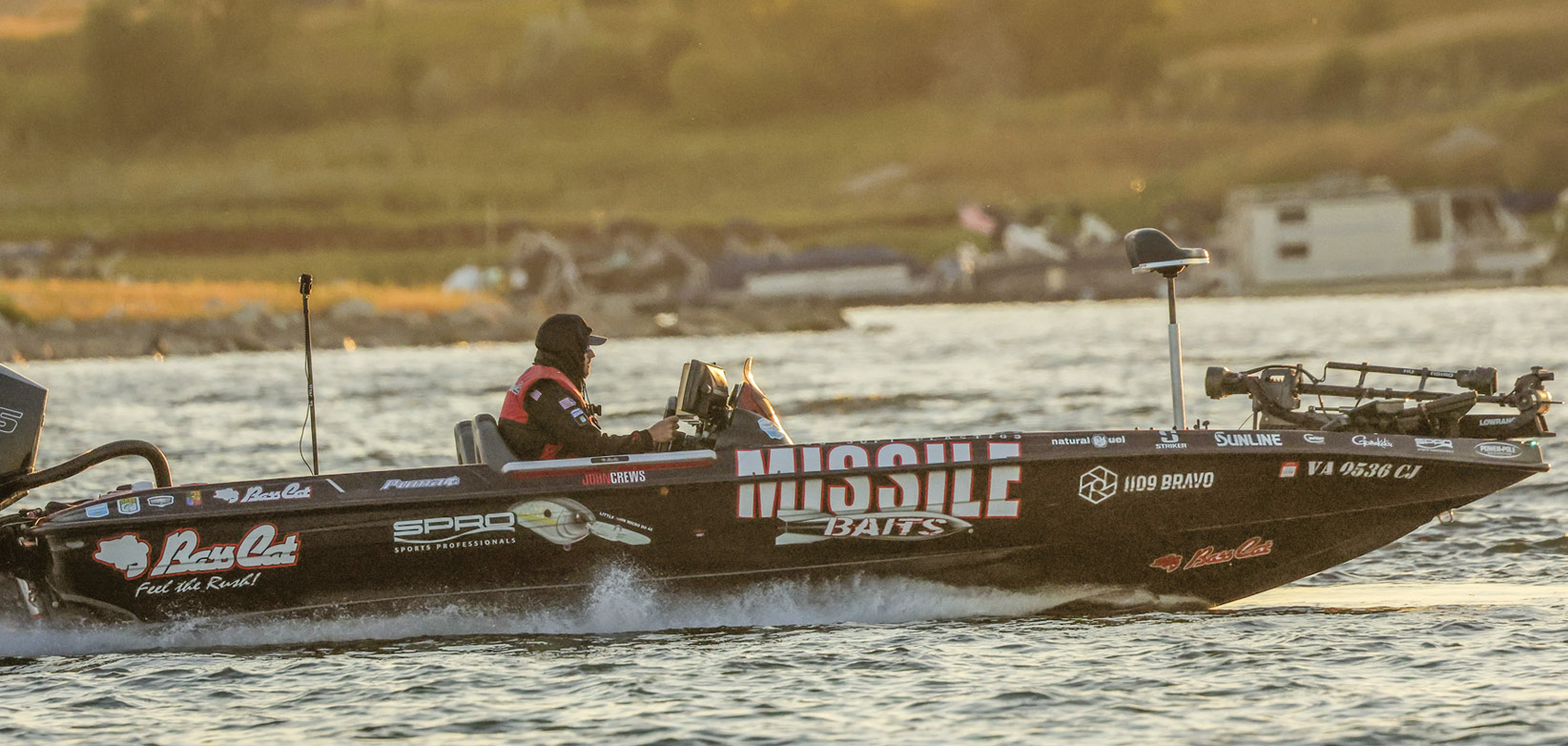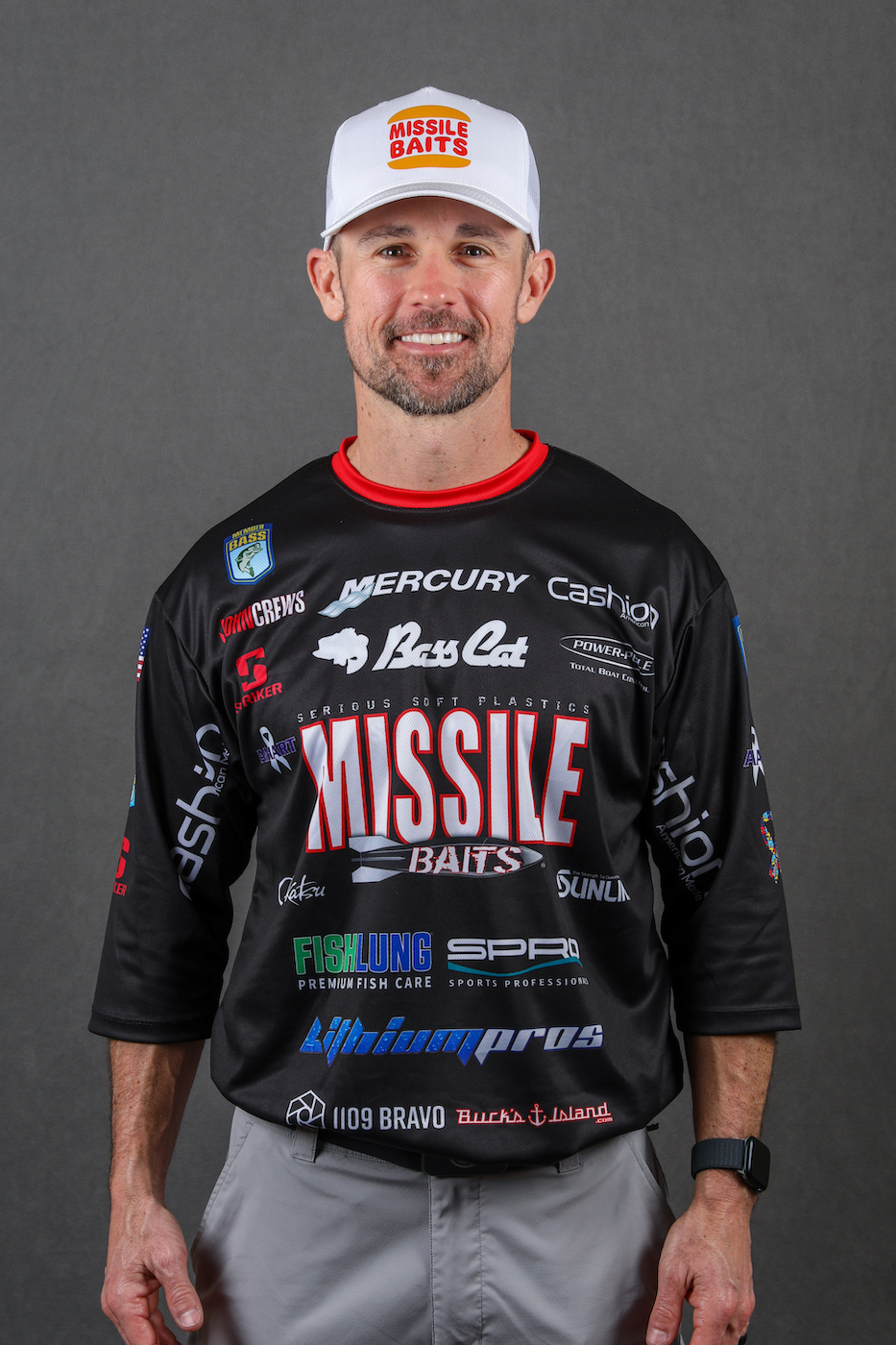
Before I started fishing for a living, I didn’t fish in the winter much at all. Part of the reason was I hunted from November through January, and the tournament circuits I fished really didn’t start up until the end of February and into March. But fishing in the winter is cold and uncomfortable.
I didn’t know what I was missing.
As I started competing across the country, I learned that fishing in the winter has a lot of advantages. The first one is that the lakes are uncrowded because the recreational crowd is inside by the fire, and the fishing can be really pretty good. It’s a good time to find fish grouped up, and to be honest, the wintertime might be the best chance an angler has to catch a truly big bass.
I have to admit I had a misconception about fishing in the cold weather months. I had it in my mind I would only be able to finesse fish, and I was wrong about that. Bass will hit moving baits quite frequently in the winter.
A crankbait has become one of my go-to techniques for winter fishing. I really like flatside crankbaits, and my signature SPRO Little John and Little John MD have long produced for me. I also like to throw the SPRO RkCrawler crankbaits and my Little John Micro DD 45. Both are excellent, especially when the baitfish is small or the fish are in a negative mood.
I choose the Little John when I’m fishing in 3 to 5 feet of water, the MD will get to about 9 feet pretty easily, the RkCrawler plays in 6 to 12 feet of water and the Little John Micro DD will also hit 12 feet, but with a smaller profile. I really like to find transition banks or bluff walls with some rocks for throwing crankbaits because the hard structure holds the heat a little longer than soft targets.
I’ve caught fish on crankbaits in 3 feet of water when the temperature is 42-43-degrees, so don’t hold back. Try them and I think you’ll be surprised. Not to try and generalize too much, but bass tend to be sensitive to action in cold water months. So, as a rule of thumb, the cooler the water, the tighter the action. I move to a harder action as the water starts to warm up.
If you’re in shallow, stained water, then a slow rolled spinnerbait can be very effective, especially around cover. I’ll interchange that with a bladed jig with a Missile Baits Spunk Shad threaded on as a trailer. Like anything else this time of year, it is very important to find baitfish — you can have bait without bass, but if there’s no bait, there won’t be bass.
In clear water, a jerkbait like a SPRO McStick 110 is excellent around docks, timber and vertical cover. I use the suspending version and give it plenty of time to pause around objects. Jerkbaits are really good at pulling fish to them and that can be an advantage in cold water. The pause can be the most important strike-triggering factor with jerkbaits in cold water. You’ll just have to play with the amount of time between jerks, but figuring that out can be key. I’ve used pauses as long as 30 seconds and gotten great results.
Of course, you can’t go wrong with a jig in cold water around rock and hard cover. I love a Missile Jigs Mini Flip jig paired with a Baby D Bomb. When the bite needs more of a finesse approach, I like Ike’s Micro Jig matched with a Ned Bomb. It’s really a great follow-up bait to pick things apart once you’ve found fish in an area with reaction baits.
Winter is a great time to get comfortable with forward-facing sonar as well. Because there will always be a contingent of fish offshore, you can locate groups of fish that are relating to baitfish. Again, baitfish are key this time of the year. If you don’t see bait on the sonar, keep moving until you do.
The other thing to consider is how to stay warm so you can concentrate. I like to keep things simple starting with wool socks and insulated boots for my feet. Then instead of bulking up with layers, I use an insulated Denali suit from Striker. These things help me stay warm without too many bulk layers.
Give winter fishing a try. I think you’ll be surprised at how well you can do.





